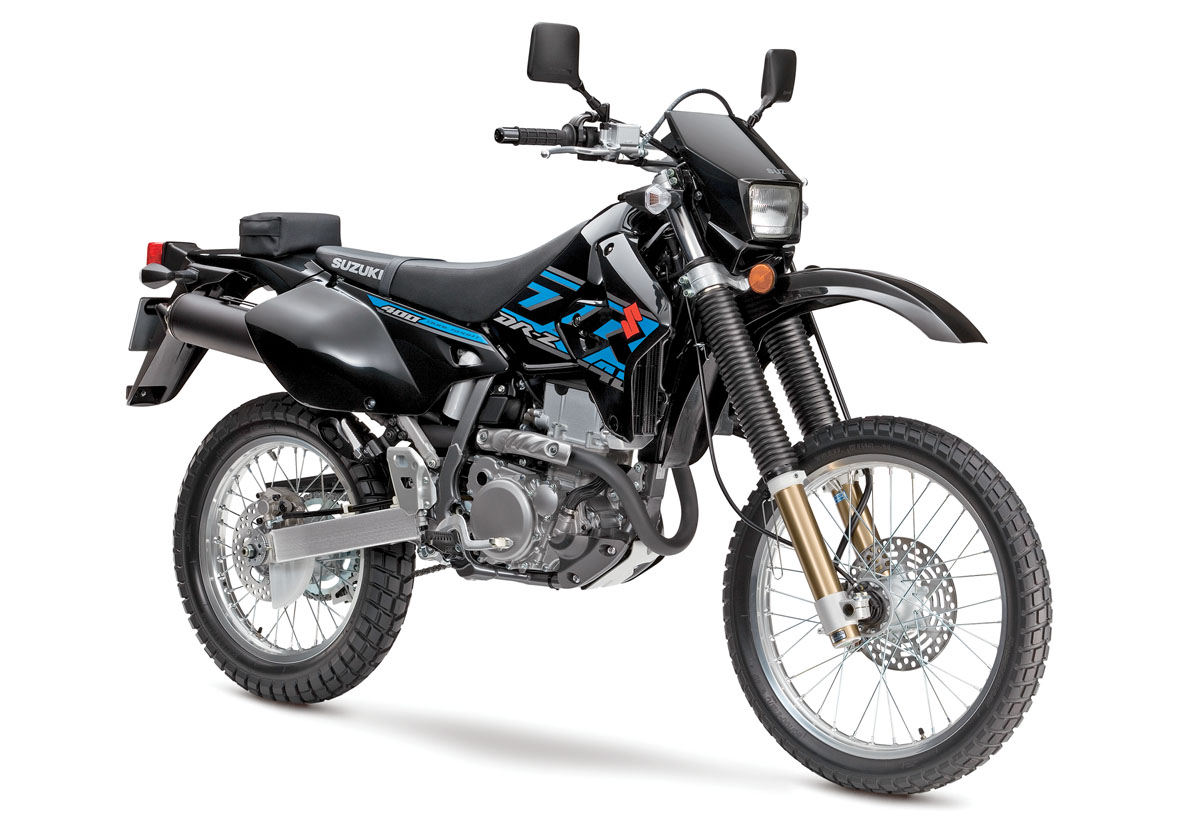The whole idea of the dual-sport bike is a fairly recent invention. Back in the dimly lit past, all motorcycles had to deal with street and dirt. Most of America wasn’t even paved. Eventually, bikes got more specialized, making the concept of a bike that wasn’t specialized fairly novel. We won’t try to track down the inventor of the dual-sport bike as we know it today, but there are some relevant highlights on the road to where we are now.

1964: The Honda Trail 50 and Trail 90 arrived in the early ‘60s due, in part, to the efforts of a Boise, Idaho Honda dealership owned by Herb Uhl. Uhl had been modifying a step-through 50 for off-road use. Honda first offered the Trail 50 to his specifications, then it grew into the wildly popular Trail 90. It was one of the key models leading to Honda’s phenomenal growth in the ‘60s

1968: In the late ‘60s, Yamaha offered the DT-1 250 as a trail bike. It was street-legal because there were very few bureaucratic obstacles to prevent that. Yamaha started using the term “Enduro” to identify the idea of a street-legal off-road bike. The DT-1 spawned a whole class of competitors from Suzuki, Kawasaki and, eventually, Honda.

1972: Soichiro Honda was a steadfast believer in the four-stroke engine design. He countered the Yamaha DT-1 with the four-stroke XL250 in 1972. At the time, there was even a prototype motocross four-stroke that Gary Jones tested. Honda made the MT250 dual-purpose two-stroke bike briefly, then returned to four-strokes.

1980: BMW dominated the early runnings of the Paris-Dakar Rally with massive two-cylinder works bikes. That inspired the R80GS production bike in the early ‘80s. This bike is widely credited as being the first adventure bike, although that discussion is far from being settled.

1991: Suzuki suddenly woke up and realized that they were missing out on the whole dual-sport thing. In ‘91, the DR350 and DR250 were released as dirt bikes. They were accompanied by street-legal versions that, miracle of miracles, had electric start.. They remained in production until the DRZ400 arrived.

1991: Honda rediscovered the XL250R, updated it and called it the XR250L in 1991. Forgotten fact: For a couple of years prior to that, Honda believed that dual-sport bikes should have frame-mount fairings and street suspension. Those bikes were called the NX models.


1993: It was unusual for a company to take an existing dirt bike and try to make it street legal–usually the process was the other way around. The 1993 XR650L was the exception. Honda took the XR600R dirt bike and changed as little as possible to make it into a dual-sport. Along the way it gained 50cc and got electric-start.

2000: Suzuki came out with separate dirt-only and dual-sport versions of the DRZ400 in 2000. Great motorcycles. The dirt model vanished in the four-stroke revolution that followed, but the street version is still around today, virtually unchanged.

2006: Husqvarna took the concept of a street-legal dirt bike to a whole new level with the 2006 TE450. It was the company’s off-road 450 competition bike with some emission equipment, minimal lighting and a quiet exhaust. Very few were actually imported to the U.S. that year.

2007: KTM upped Husqvarna’s ante the following year by giving the 525EXC dirt bike a street-legal make-over. That’s still the format for hard-core dual-sport bikes that we enjoy today.
MORE CLASSIC DUAL-SPORT

One of the most popular posts here is the “10 Best Used Dual-Sport Bik




